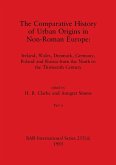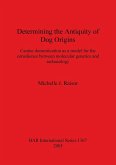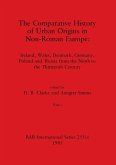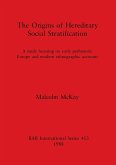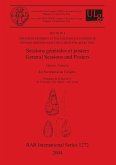The convergence of a number of research groups with common interests in an area little favored by the traditional hypotheses of the interpretation of Peninsular Prehistory made a group of scholars aware of the necessity of periodic meetings to evaluate current thinking. The first took place at Santiago de Alcántara. The contents of these meetings has centered on the analysis of the undervaluing paradigms that have shaped an image of the peninsular interior void of population and subject to late and little compact impulses of more civilizing cultures, always settled on the Iberian coasts, both in the east and the west. The previous volume (BAR S1765 2008) demonstrated the coexistence of open air engravings and paintings, as an exhibition of traditional languages associated with the megalith builders: forms, techniques and environments that fit perfectly with what is known for the whole of the South of the Peninsula, the classical area of Schematic Art. The title of the meeting held at Romangordo in 2008 intends to insist on another of these paradigms: the inexistence of early populations in the interior basins of the Iberian Peninsula.
Hinweis: Dieser Artikel kann nur an eine deutsche Lieferadresse ausgeliefert werden.
Hinweis: Dieser Artikel kann nur an eine deutsche Lieferadresse ausgeliefert werden.


